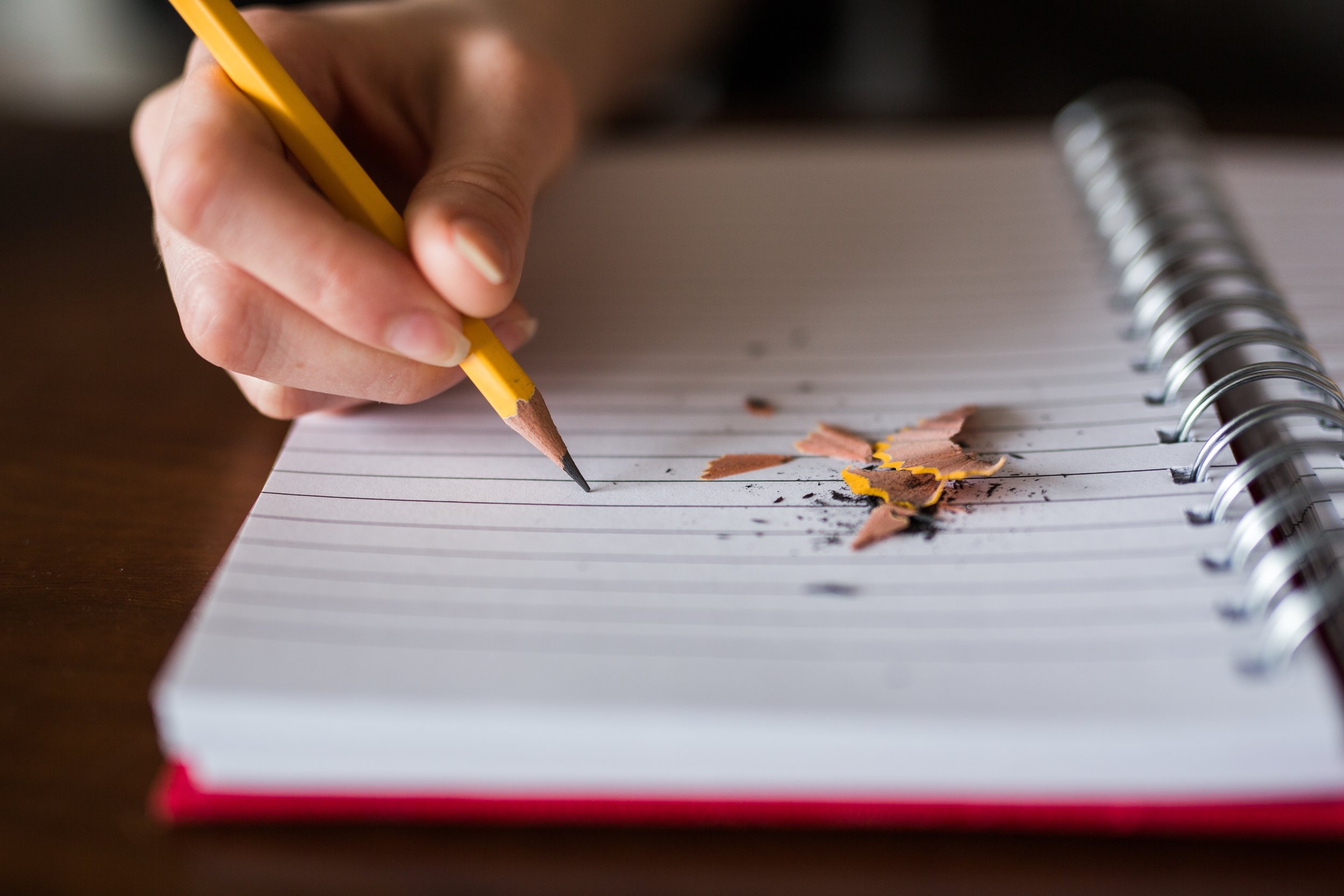Finding truth and story in creative nonfiction

The first piece of creative nonfiction I ever wrote was about my time in the pediatric cancer ward.
I wrote a brief, yet emotional, essay on what it felt like to be stuck in the land of inbetweeners, dying too soon. I wrote about what it felt like to be one of them, truly, and then, by some odd twist of fate that I’ve never felt I deserved, to survive. I left, while many of them, unjustly so, did not.
The piece was well received, with many of the commenters commending me for my strength, candor, and writing abilities. One comment, however, despite enjoying the piece overall, questioned the honesty of it all. The comment read: While I enjoyed this piece, I don’t know if we should believe this all actually happened. The author’s bio says she is a fiction writer. A good piece, nonetheless.
And there it was, put into words, what I’d be silently struggling with for so long: being a fiction writer attempting to write nonfiction.
silently struggling with for so long: being a fiction writer attempting to write nonfiction
During my junior year of college, I took a creative nonfiction class hoping to remedy this disconnect. It was the first I’d ever taken, but I was a creative writing minor, and my fiction workshops were always a breeze, so I went into the class with an unfamiliar sense of confidence. I spent the class periods tuning out the horribly monotonous voice of the professor, a squat man with red hair and a harsh bald spot that positively gleamed under the florescent lights. I mostly stared at the cute actor in my class and daydreamed about being partnered with him, wooing him with my words.
Then we got our first essays back and mine said “B-” rather than the “Excellent work!” I was used to, and I began to slump down in my seat and actually listen to what my professor was saying. I stopped looking at the cute actor, because how could I possibly woo him with my B- work?
The essay was boring. That’s what my professor told me. It was boring, and it was formulaic.
“You’re minoring in fiction, right?” he asked me. When I said yes, he said, “Where’s that flair here?”
As I struggled to answer, I think he could see that I was struggling with finding the line between my dramatic, intricate fiction and my factual, chronological nonfiction.
“You need to find a happy medium,” he told me. “You need to add dialogue, you need to build the characters, just as you would in fiction.”
“But I don’t remember specific things we said,” I told him.
“Then you make it up.”
Could I possibly write good nonfiction if I'd already dedicated myself to fiction?
I remembered that comment, the one that doubted my authenticity because I was a fiction writer. And, yet again, I had to ask myself: could I possibly write good nonfiction if I’d already dedicated myself to fiction?
So I began to read more creative nonfiction. I figured it a good place to start. I read Annie Dillard, Roxane Gay, Lucy Grealy, David Sedaris—whatever I could get my hands on. I’d always pictured creative nonfiction to be straightforward, like a rhetorical analysis or book review. These authors, however, they told stories. They somehow found stories, characters, dialogue, and metaphors within the day-to-day of their lives. Reading them, I never felt as though I was reading an English report. I wondered how much of their words were one hundred percent factual. I wondered how the people in their lives would validate their stories.
Then I realized, it didn’t matter at all.
We do, while writing nonfiction, invent the truth
Now, whenever I write creative nonfiction, I think of that conversation with my professor, and I think of a book we read in that class, Inventing the Truth: The Art and Craft of Memoir, edited by William Zinsser. The book, a collection of essays from fiction writers and memoirists such as Annie Dillard and Toni Morrison, broaches the topic of authenticity while writing. Mainly, the idea that the truth is not universal.
We do, while writing nonfiction, invent the truth. We each have our own reality, and our nonfiction work will stem from our version of the truth. Here is the connection to fiction writing that I’d been looking for.
Jill Ker Conway, author of The Road from Coorain and A Woman’s Education, says in Zinsser’s collection:
[The] narrator imposes by his or her own authority a certain meaning on the ebb and flow of events: that you change the story by where you begin and end it, and that you impose your own meaning on events that’s different from the meaning everybody else in the story puts on those events (57).
I don’t remember things perfectly. I don’t remember arguments with my husband correctly (I always remember myself as the winner), I don’t remember stories from college fully (this could be because of beer, though), and I certainly don't remember events from childhood in their entirety (who does?). But, remembering my memories fully isn’t important to my craft. Rather, it’s how I remember them, flawed as it may be, ever changing as I get older. Isn’t that part of their importance—the impact the memories have on me now, now, now?
We’re really talking about the difference between fact and truth. For so long, I tried to write the facts, and my writing suffered from it. We must strive to write the truth, instead; whatever it may be, however it may be changing. Therein lies the story: whatever truth is yours.
Hannah Gordon is a Michigan-based fiction writer, coffee addict, and baking enthusiast. She is the assistant editor at CHEAP POP. Her work can be found in Burrow Press Review, WhiskeyPaper, Chicago Literati, and more. You can follow her on Twitter at @_hannahnicole.
